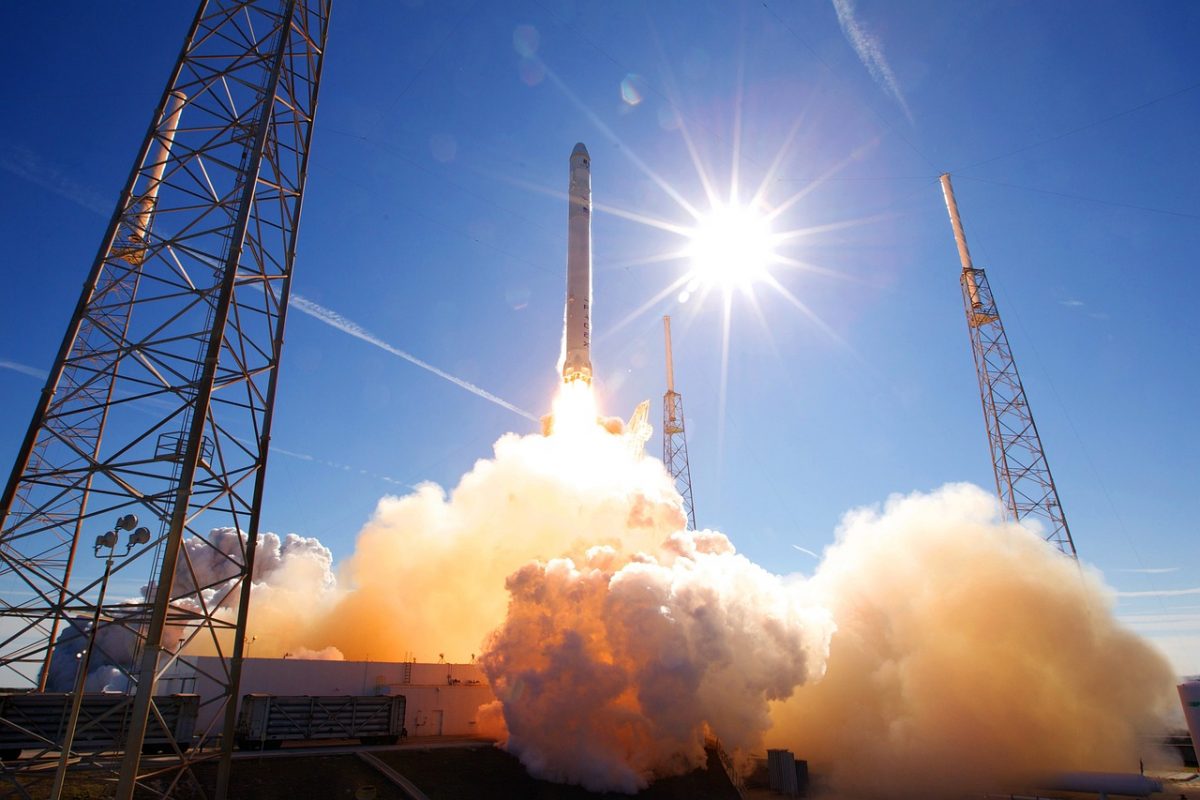A satellite or spacecraft in orbit around the Earth or going through the solar system is subjected to extremely modest forces. As a result, many satellite propulsion systems require extremely precise impulses to correctly regulate the location or altitude of these objects.
Propellant
The propellant is a substance that spews from the back of the spaceship, providing propulsion, or a push forward to the spacecraft. The propellant is a type of fuel that is burnt with an oxidizer to create massive amounts of very hot gas. These gases expand until they rush out of the rocket’s rear, creating thrust. Because there is usually no actual opportunity to maintain these devices during their entire lifespan, reliability is critical. High performance is also required as better fuel systems give additional on-orbit lifespan.
Chemical Propulsion Systems
For these applications, chemical propulsion systems using monopropellant (single fluid) or bipropellant (two fluid) liquid rockets have been deployed. Conventionally, hydrazine-based fuels are utilized in the space shuttle and as a backup power supply. In the presence of a catalyst and heat, hydrazine separates and expands, producing the thrust required to move the satellite. Satellite propulsion is regulated by regulating the flow of hydrazine using valves. However, it is deemed harmful to humans who are in its vicinity. It is exceedingly poisonous, corrosive, and likely carcinogenic, in addition to being highly and quickly flammable. As a result, the fuel is accountable for the environmental consequences connected with its transportation, storage, and handling.
High hydrazine levels can cause a variety of health issues, including liver, kidney, and central nervous system damage. If hydrazine leaks while a satellite is still on the ground, the volatile and explosive characteristics of the substance might pose a public safety risk. Preparing a hydrazine-fueled satellite for orbit is a dangerous process that necessitates particular measures for everyone involved, such as space suit-like attire that ensures that if something goes wrong, the personnel handling the fuel do not breathe in the gas itself.
Green Propulsion System
More missions require propulsion as the industry expands, and new systems must be envisioned, designed, tested, and flight-proven. One such system employs green hydrogen peroxide (H2O2) propulsion for small satellites with a one-of-a-kind design. Reactive H2O2 vapor is vacuum-evaporated off the surface of the stored liquid in the thruster. The vapor then travels to a catalyst bed, where the hydrogen peroxide is quickly decomposed. The ensuing exhaust gases provide propulsion, which propels the spaceship forward.
One of our partners is working on building an agile, safe, affordable, and efficient Green Propulsion System with a novel fuel, engine, and engine catalyst to minimize satellite collisions in orbit and reduce debris pollution. The ability of satellites and other spacecraft to refuel, repair, or even add new capabilities while in orbit Their scientists are also working on extending the lifetime of these satellites with a bit of cooperation, and considering the expenses involved in lofting a new one.
Please write to us at open-innovator@quotients.com to know more about such innovative solutions and partnership opportunities.






